Nursing and Health Professions faculty agree that the ultimate academic goal for new graduates is clinical judgment and being able to “think like a clinician.” Yet, what is clinical judgment and “thinking like a clinician” actually mean? How can faculty structure learning activities so that students develop a beginning level of competence in this skill?
This whitepaper discusses the underlying thought processes clinicians use in making clinical judgments and suggests some strategies to encourage students to integrate this approach into their clinical practice. A bibliography of selected articles highlighting teaching-learning strategies designed to encourage critical thinking is also provided.
This whitepaper discusses the underlying thought processes clinicians use in making clinical judgments and suggests some strategies to encourage students to integrate this approach into their clinical practice. A bibliography of selected articles highlighting teaching-learning strategies designed to encourage critical thinking is also provided.

White paper Highlights:
- Clinical judgments are influenced more by what nurses bring to the situation than the objective data about the situation at hand.
- Sound clinical judgment rests, to some degree, on knowing the patient and his or her typical pattern of responses, as well as engagement with the patient and his or her concerns.
- Clinical judgments are influenced by the context in which the situation occurs and the culture of the nursing care unit.